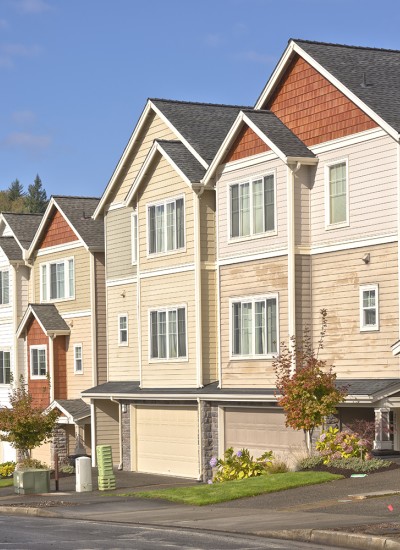By Mary Kyle McCurdy | 3-minute read
The most significant housing policy change that Oregon has seen in the past few decades – the Oregon Housing Needs Analysis, or OHNA – is getting closer to reality now as it moves into the rulemaking phase with the Department of Land Conservation and Development (DLCD). The department is in the process of translating 2023’s housing legislation, House Bill 2001, into specific rules and guidelines for cities to help them plan for and invest in housing. Many of you helped pass this landmark legislation.
As part of our efforts to make sure the OHNA rulemaking brings transformative changes to housing planning and investment, we joined with others to create a set of guiding principles for effective rules about housing production. As the 1000 Friends of Oregon associate director, I am participating in this intensive rulemaking process, which will result in the Land Conservation and Development Commission (LCDC) adopting rules by January 2025.
Read the guiding principles
The OHNA focuses on actual housing production through a comprehensive framework that emphasizes local actions to promote housing production, affordability, and choice within their community and across the state. This helps fulfill the promises of the land use program’s Goal 10, which focuses on housing.
Goal 10 starts with this overarching principle: The land use plan of every city in Oregon “shall encourage the availability of adequate numbers of needed housing units at price ranges and rent levels which are commensurate with the financial capabilities of Oregon households and allow for flexibility of housing location, type and density.”
In other words, every city must ensure its land use plan, zoning code, and related actions provide the opportunity for diverse and affordable housing in every neighborhood. 1000 Friends of Oregon has been working to achieve the promise of Goal 10 since we first joined with the then-chair of the State Housing Council to draft the goal, back in the mid-1970s.

However, Oregon has fallen short of achieving this objective in the last few decades, for a variety of reasons, including widespread exclusionary zoning practices that reflect historic redlining, onerous local development procedures, and outdated local requirements. This has resulted in insufficient housing, unaffordable housing, and housing that doesn't meet the size, accessibility, location, and types that Oregonians need.
With OHNA, we’re collectively working on a big fix – which is what makes our guiding principles essential. The concepts are clear and level-headed, including calls to promote equity in housing access, ensure housing for vulnerable and marginalized populations as a priority, ensure housing choice across the entire housing continuum, and don’t substitute emergency action for systemic change.
With the Oregon Housing Needs Analysis, we’re collectively working on a big fix.
OHNA follows upon other significant legislation, including recent changes to allow accessory dwelling units and middle housing on all single-dwelling residential lots in most cities, allow affordable housing as of right in many commercial areas, and make it easier to convert commercial buildings to housing.
1000 Friends of Oregon, in partnership with many other organizations across the state, has worked to pass all this legislation to realize that Goal 10 promise. And we don’t just stop when a bill passes – we see it through.
When DLCD’s rules and guidelines become available for public comment in the fall, we’ll alert our subscribers. Make sure you’re signed up to get the info on how and when to share your views! In the meantime, we hope you’ll get acquainted with and share the guiding principles for effective housing production.
